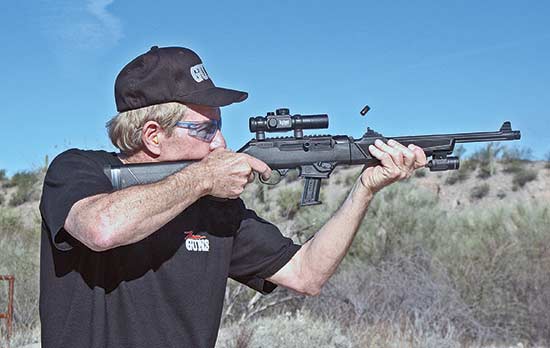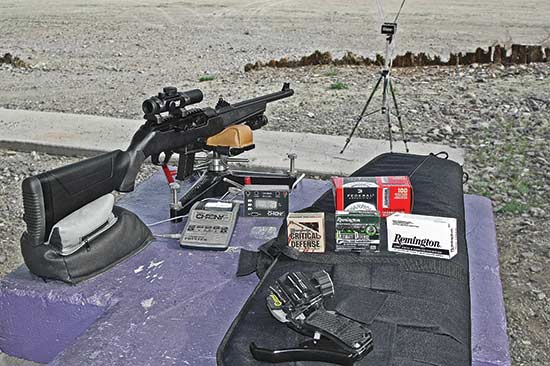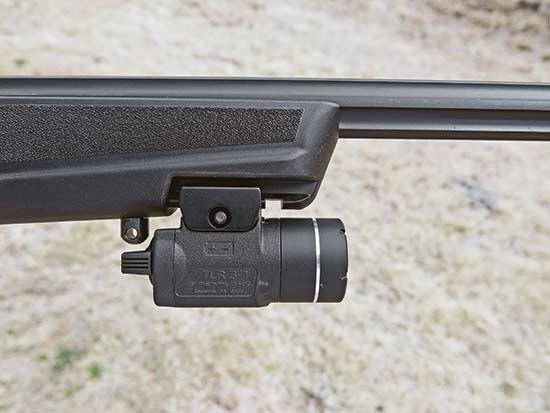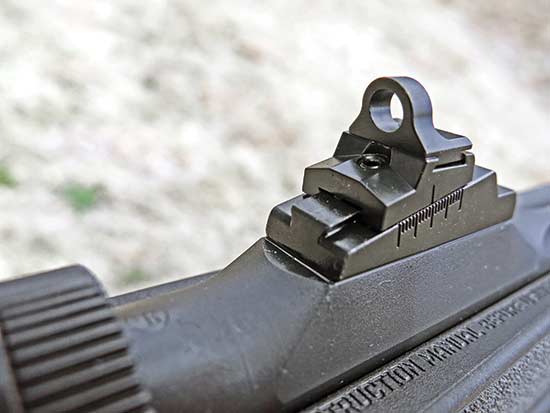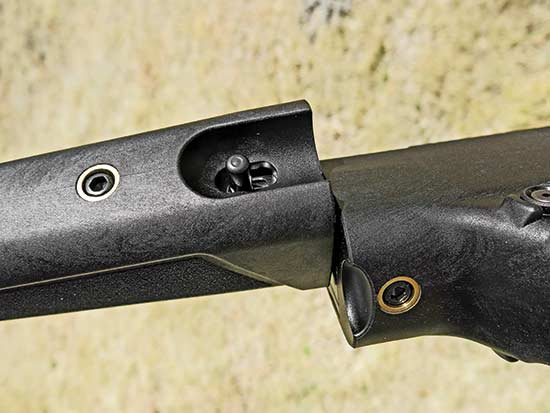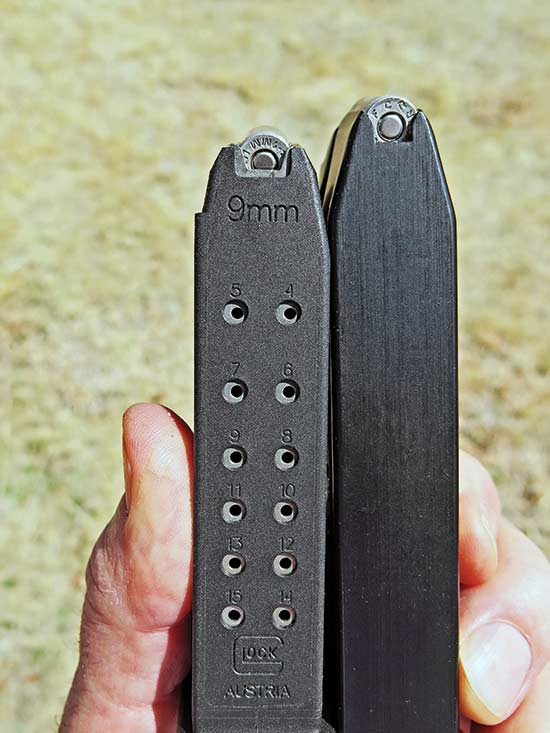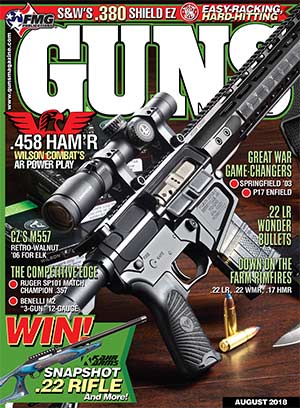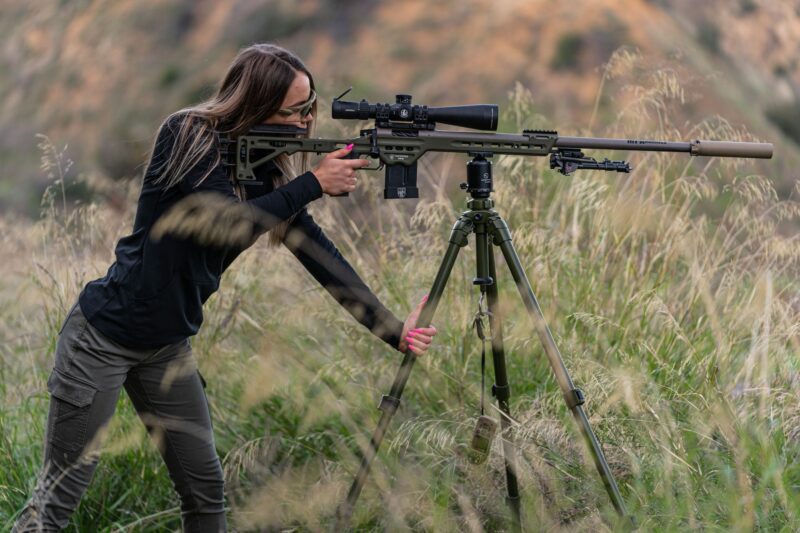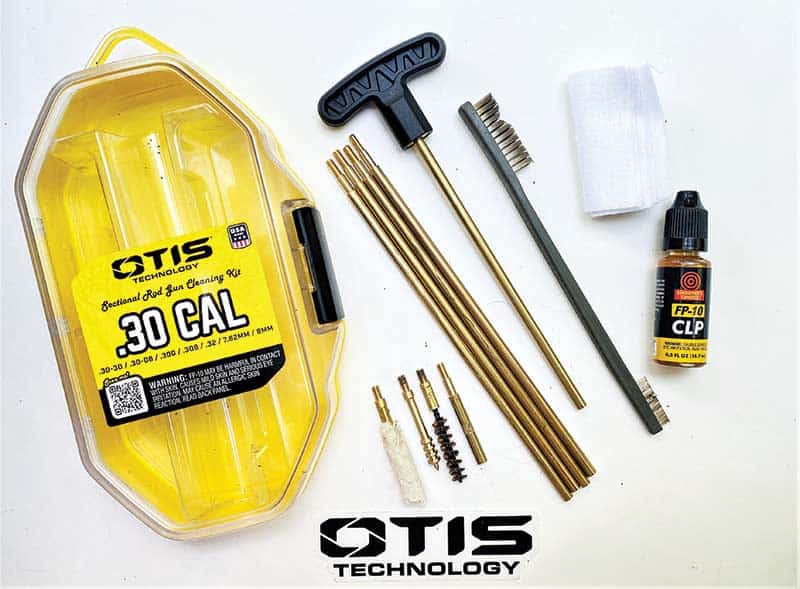Stylishly Sleeker
Styling counts if you want to sell firearms. Today’s consumers have a critical eye when it comes to appreciating form-follows-function lines. To me, the worst element of styling in the Ruger stable for years has been their insistence on forearm barrel bands on what could otherwise be pretty classy looking models. The bands began sprouting up in 1961 on the Model 44 magnum carbine, followed by the 10/22, the No. 3 single shot, the Model 96 lever action and the first generation of PC carbines.
Not only did barrel bands disrupt the flowing lines of otherwise good-looking guns, they were also blamed for adversely affecting accuracy because they could be over-tightened or under-tightened. I never saw any torque specifications in the owner’s manuals, it was catch-as-catch-can.
Ruger heard the gnashing of our collective teeth. The barrel band is gone on the new PC carbine. In its place is a short Picatinny under-rail just waiting for an appropriate accessory to make your life easier.
With the barrel band gone, the glass-filled nylon stock is pretty nice — well textured with an adjustable LOP from 12.6″ to 14.12″ using factory-supplied spacers.
But it’s the new configuration really catching your eye. Ruger is big on takedowns these days. The new PC — with an overall length of 34.8”— breaks down into two parts by simply toggling a recessed lever, twisting the forend/barrel assembly 90-degrees clockwise, and pulling the two sub-assemblies apart. A knurled adjustment nut enables the owner to take up any looseness developing over time.
The new receiver sports another integral Picatinny rail just screaming for a red dot-type sight or a lightweight scope, although the factory ghost-ring receiver sight is fast and practical. The PC weighs six-and-a-half pounds out of the box already, so you don’t want to weigh it down with heavy accessories.
The semi-auto, blowback action is fully ambidextrous, with a reversible charging handle and reversible magazine release.
